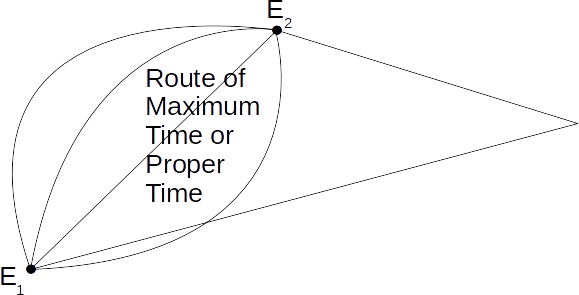Every person in a frame of reference has their own values of coordinates and time for any two events. There is one set of coordinates that is special.
Suppose two events 1 and 2 happen one after the other - 1 then 2, and are so spaced that a ray of light can travel from the location of event 1 to the location of event 2 as or before event 2 occurs. Then it is possible for an inertial observer to travel from the location of event 1 as soon as 1 occurs to the location of event 2 at the time of event 2. Many routes are possible in general, but the particular route that minimises the distance traveled and maximises the passage of time on a clock traveling with the observer is special, and the time interval measured on the clock is called the proper time.

If the two events are simultaneous for this interval observer, then the proper time interval is zero, and the inertial observer has traveled at the speed of light from event 1 to event 2.
With this definition, proper time and proper time intervals are unique.
